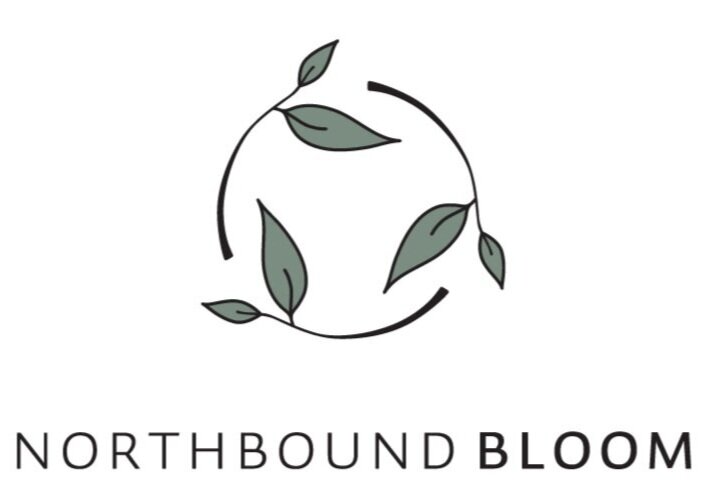Passive Solar Greenhouse
The goal of this project was to design a combined greenhouse, kitchen, and root cellar to optimize community food production, preservation, and storage while extending growing seasons.
Location
Matheson, Ontario
Year
2019
Site Conditions
USDA zone: 2b
Frost free days: 82
Extreme min temp: -48 degrees C
Annual average rainfall: 23 in
This 4 season greenhouse was designed for the Black River Cooperative. The design is energy self sufficient, built with local materials, and assists with food security in the region.
A passive solar greenhouse takes advantage of harnessing natural energy from the sun using materials and air to hold on to that energy for as long as possible. This type of greenhouse is essentially a solar collector - that is solar energy from the sun directly - and it collects this energy for heat and growing conditions. Most greenhouses we see are fully transparent on all sides - which is functional in a warmer climate. However, for those living in a colder and cloudier climate having a fully transparent greenhouse would only be useful in the main summer growing season and parts of the shoulder season. A passive solar greenhouse is designed in such a way that some walls are built to be solid thermal mass and retain the immense amount of solar energy and heat directed by the sun. By having that thermal mass, we create a bank of heat which is released at night when temperatures tend to drop.
In short, we can use passive solar greenhouses for longer in cold climates, ideally with as little additional heating as possible. In the case of the Black River Coop design, heat will be supplemented with wood burning in the winter season. Heat released from a wood burning stove will not go to waste, but instead be held in the thermal mass of the walls for as long as possible.


